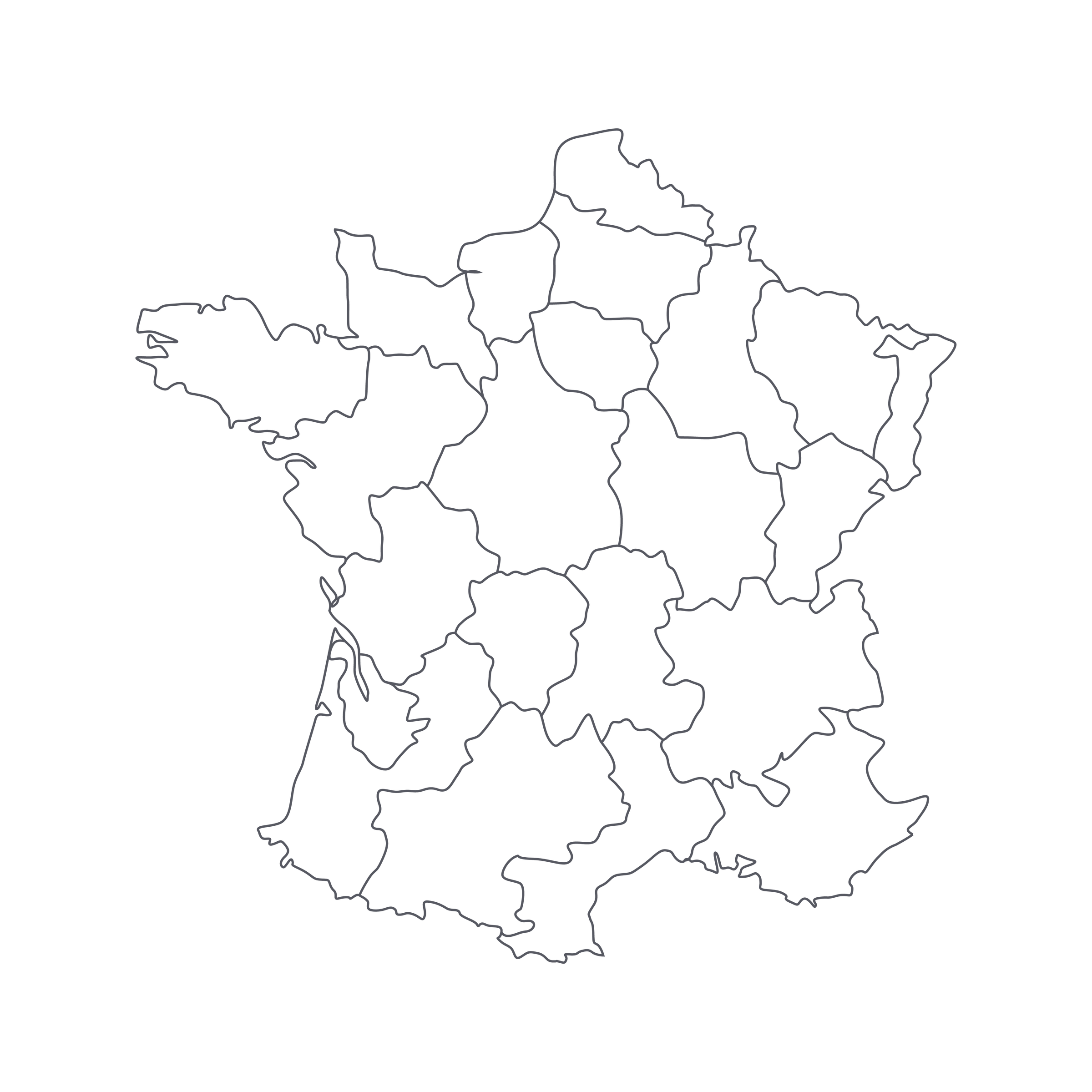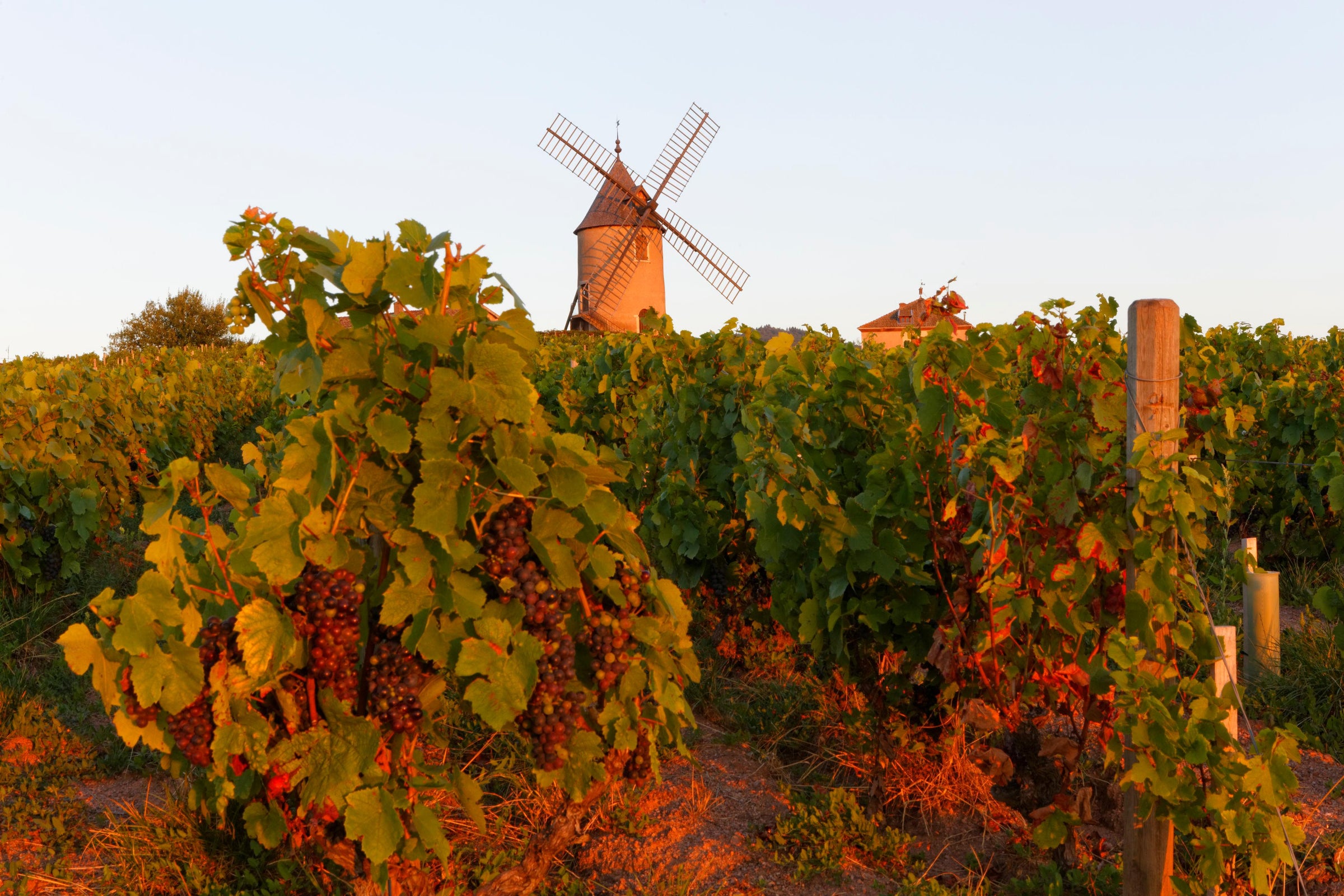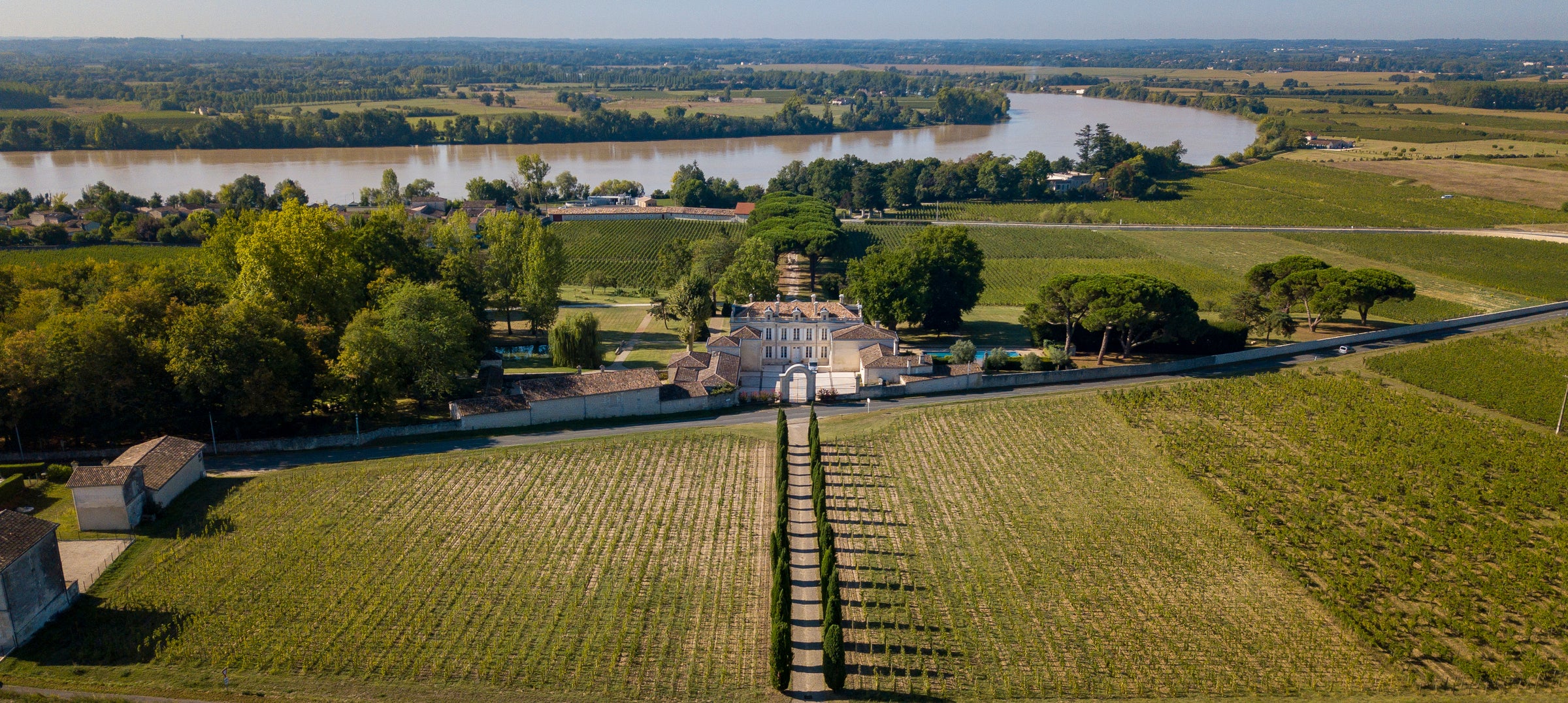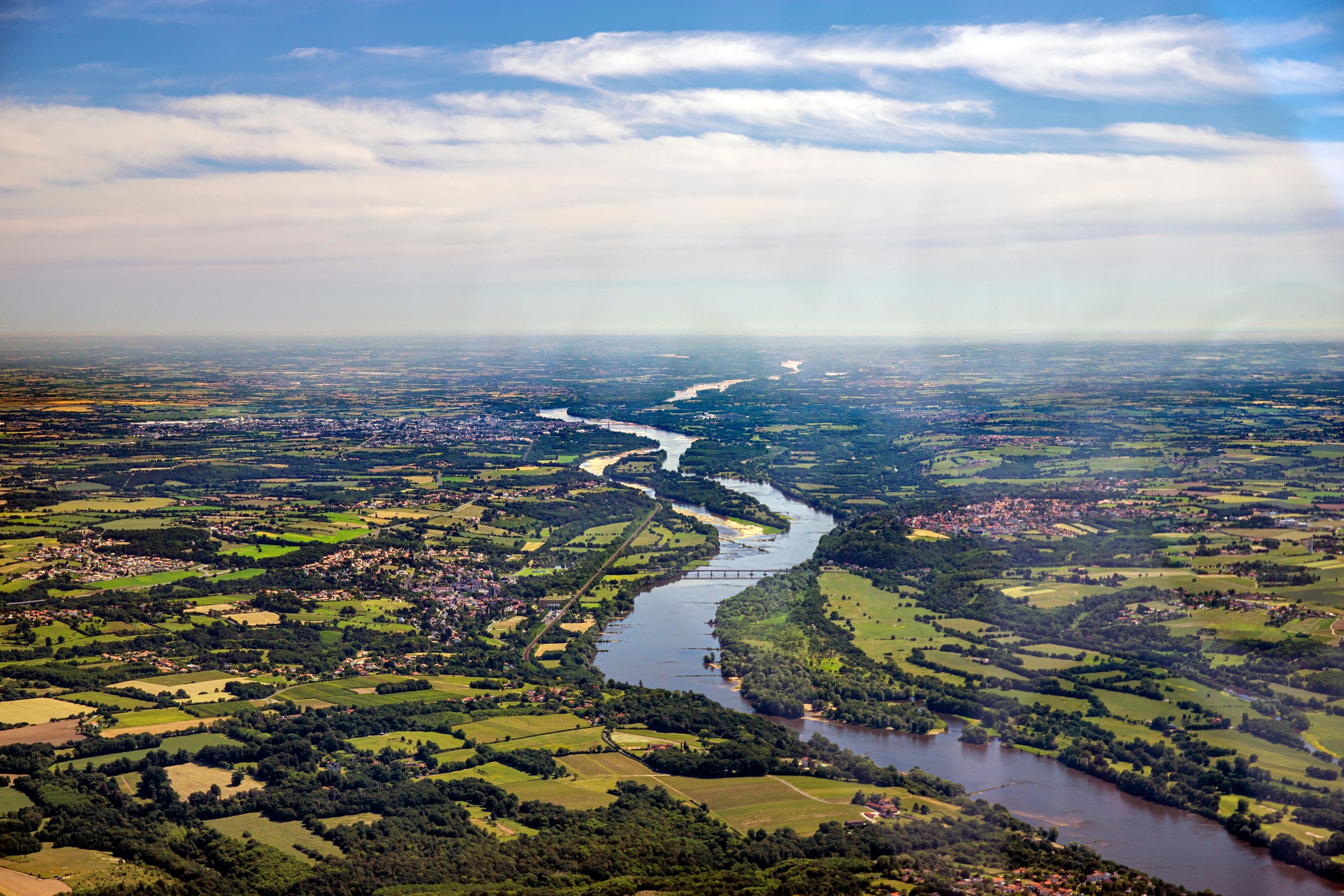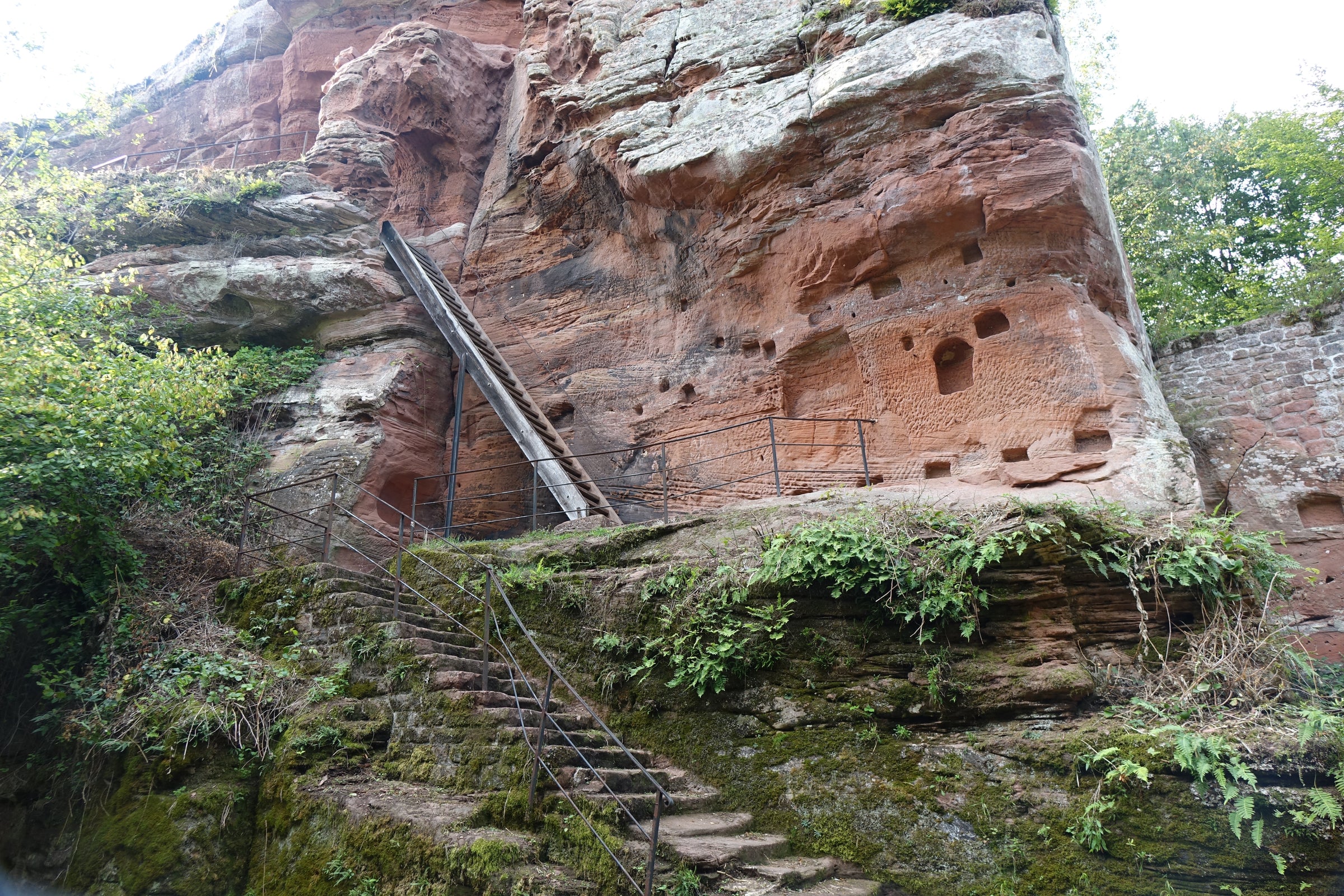One of our rarest and most noteworthy direct imports yet, Pierre Ravaut’s 900-bottle production is a region-cementing wine. Corton-Charlemagne, a tiny golden nugget within the grand hill of Corton, offers up some of the world’s finest Chardonnay, and Ravaut’s does the site proud. Want rarefied royalty in a bottle? This is it!
Christie’s Auction House summarizes this glorious hillside appellation in one sentence, saying, “The isolated Grand Cru of Corton-Charlemagne makes one of the most refined white Grand Grus, with a vibrant acidity and mineral tone that requires ageing in the bottle to truly reveal its character.” During our visit to Burgundy last April, we tasted a number of wines that confirmed this assertion, including today’s stellar 2016 from Pierre Ravaut. Like many wines from this vintage, quality was sky-high but quantity was extremely low—so when we were offered the chance to import some of Ravaut’s tiny production, we took every bottle we could. Especially at this price (take a look at Coche-Dury’s version if you want a mini heart attack), Ravaut's thrilling release is a perfect example of this minuscule, rarefied appellation. It’s pure joy to experience now, but if you wait until 2020, or better yet, 2025, this child genius will evolve in spectacular fashion, flaunting its breathtaking minerality, weight, perfume, and power. In order to experience this both now and years down the road, we’re offering up to four bottles per person to our very best Burgundy customers today. The small supply we have resting in our warehouse represents the last they had in their cellars. After this, there’s no more to be had!
Several years ago, Pierre made a tough, but necessary, decision. He and his brother, Vincent, represented the sixth generation of their successful family estate—Domaine Gaston & Pierre Ravaut—but, as noted by Burgundian author and journalist Laurent Gotti, Pierre felt change needed to happen: “I wanted to go back to a smaller farm to be closer to the vineyards and wines. In a field of 20 hectares one is quickly monopolized by the administrative and commercial work.” So, he parted ways with Vincent, amicably, and took just seven hectares of vines with him. Soon after, Pierre founded his eponymous domaine in Ladoix-Serrigny, near the base of Corton, and was able to return to the essence of winemaking—working the soils and crafting the wine with his own bare hands.
Interestingly enough, Pierre’s tiny parcel (even that is putting it generously) of Grand Cru Corton-Charlemagne vines lies at the top of Corton’s steep incline, facing east, on the sliver that bleeds into the Ladoix appellation. He follows lutte raisonnée principles in the vineyard and always harvests by hand after a strict sorting regimen. At his winery, the grapes settled and fermented (both alcoholic and malolactic) in temperature-controlled stainless steel tanks and the resulting juice was transferred into new and (mostly) used French oak—made by local coopers—for one year.
And, just like I was six months ago—albeit in a much, much different setting—here I am again, tasting this stunning wine in our warehouse. As it did in Pierre’s cellar, the wine reveals a concentrated straw yellow with silver and green hues reflecting out to the rim. In order to experience peak aromatic pleasure, decant for at least 90 minutes, or more, if you have the time. I assure you, the wait is worth it: The nose oozes Asian pear, yellow apple blossoms, white cherry, lemon curd, white peach, vanilla, raw hazelnut, white mushroom, Meyer lemon zest, wet stones, citrus blossoms, and honeysuckles. It’s a liquid prodigy—if this wine qualified for MENSA, it would ace the test—that shows an unbelievably bright future. The palate, still showing some reserve, is medium-plus, round, and mineral-rich. There’s no doubt that this is Grand Cru Chardonnay: bold, with piquant yet round layers of citrus and white/yellow orchard fruit underpinned by intense crushed rock components. Its incredible tension is driven by minerals and acidity that push it into a phenomenally long finish. One of the biggest faux pas in wine is drinking fine white Burgundy too cold (directly from the fridge is a big no-no), and that couldn’t be more apparent here: Be sure to enjoy this around 55 degrees or warmer—I usually hover just above cellar temperature. If you purchase multiple bottles, I urge you to keep one for the long haul, to be opened five or 10 years from now. Those who take all four bottles (well done!), space them out over the next two decades if you have the patience. With each pull of the cork, it will reward you more than you could ever imagine.


